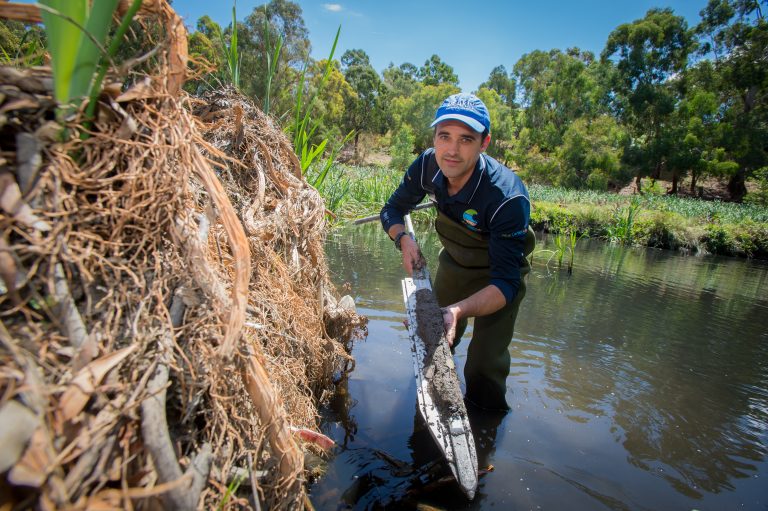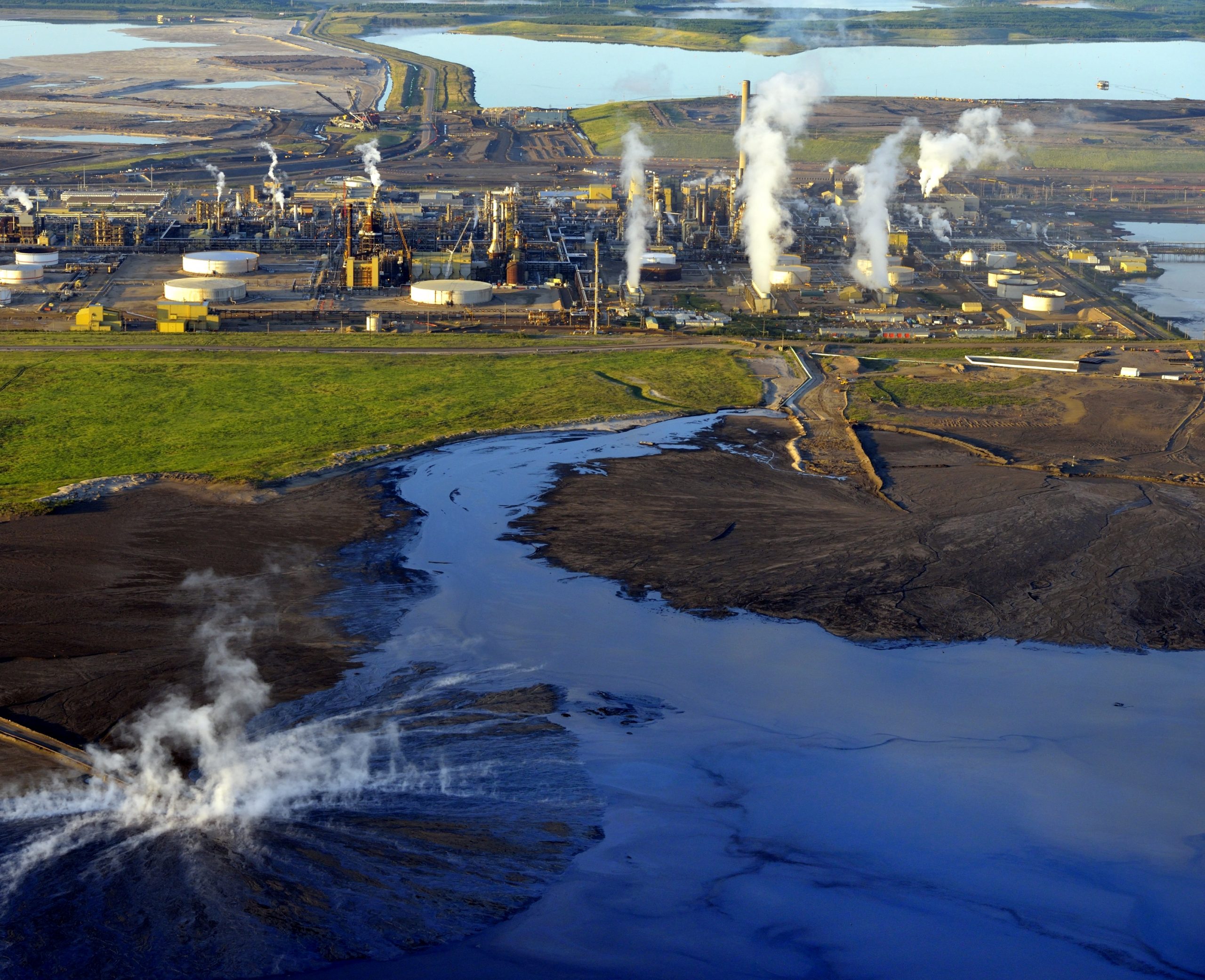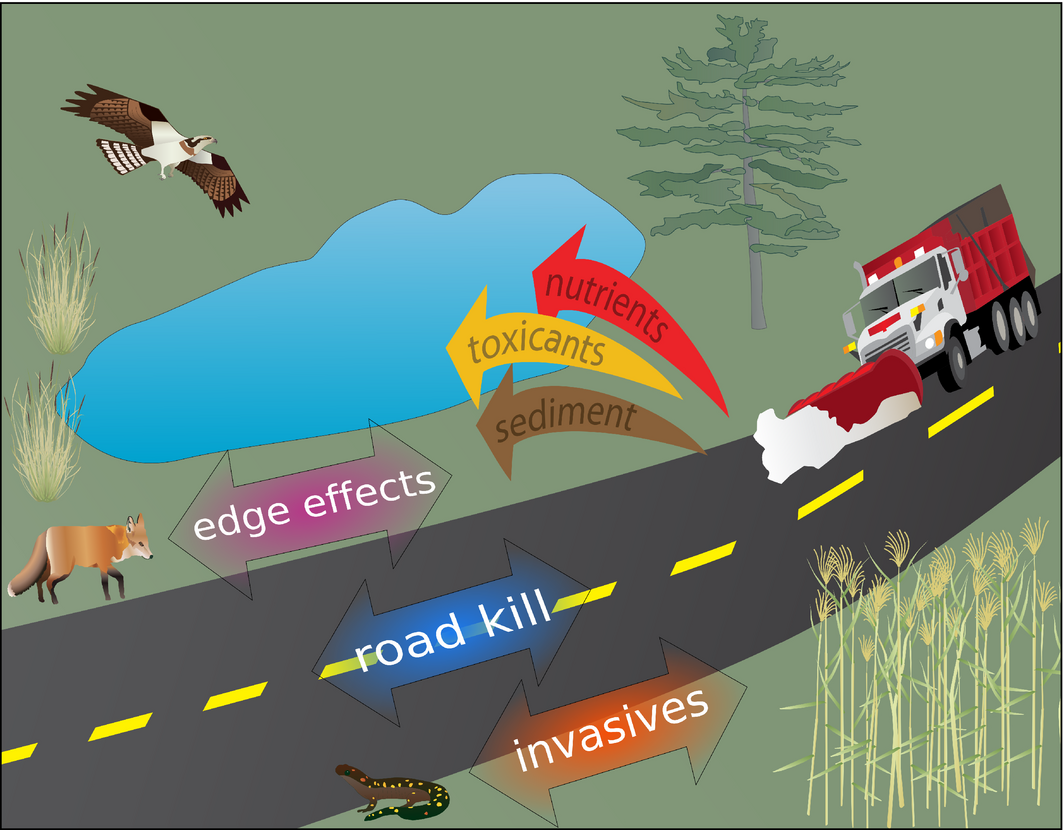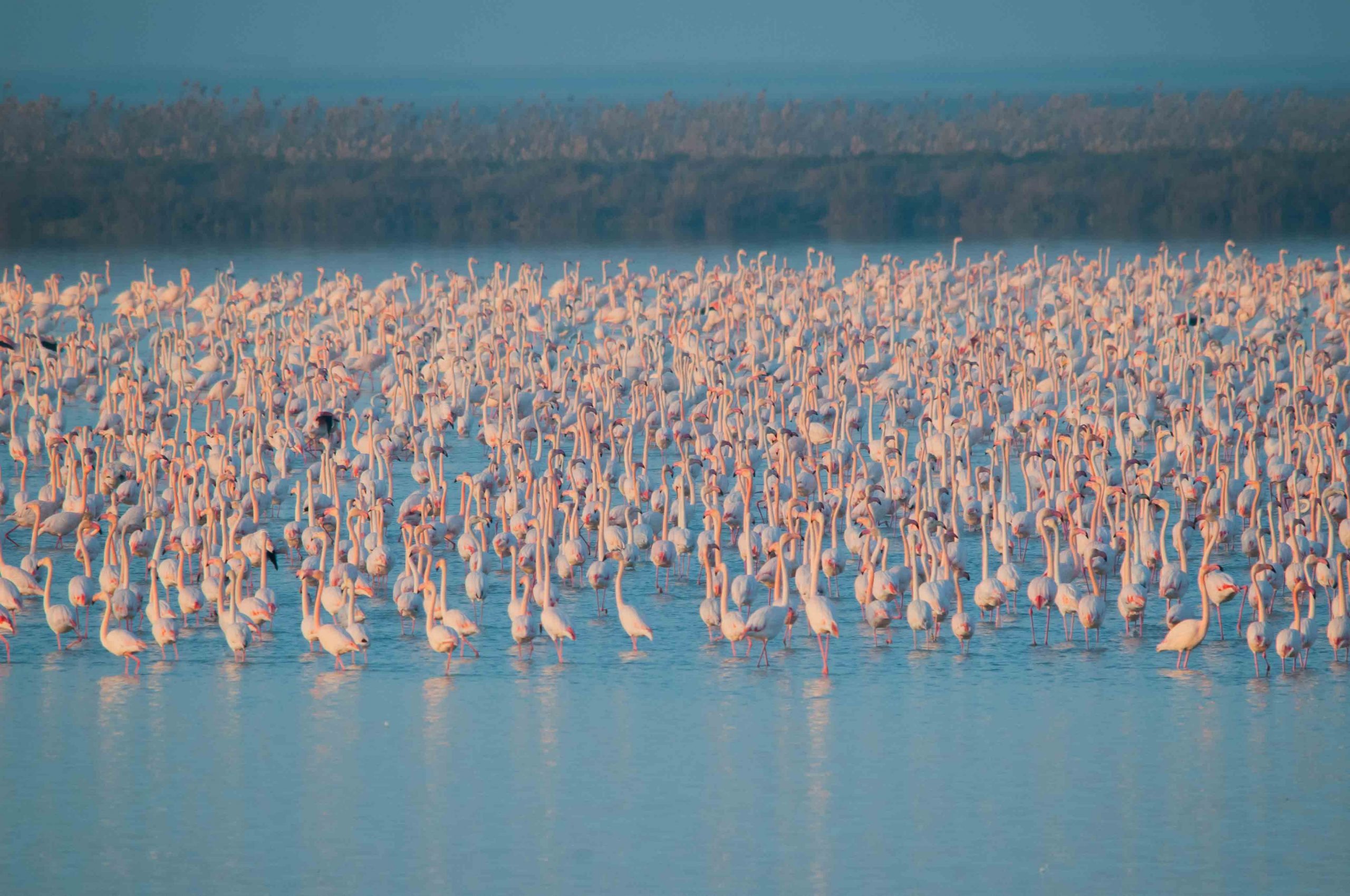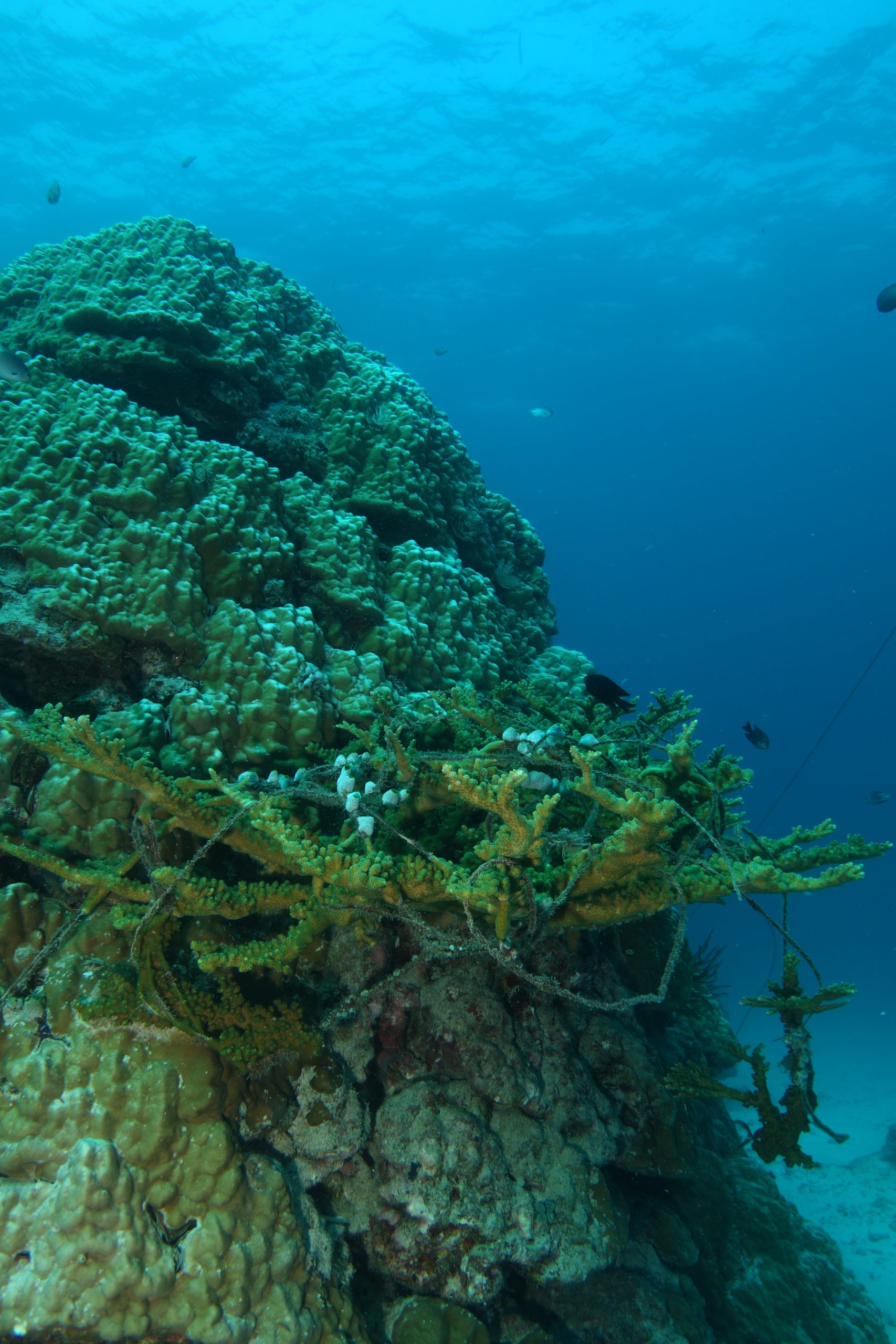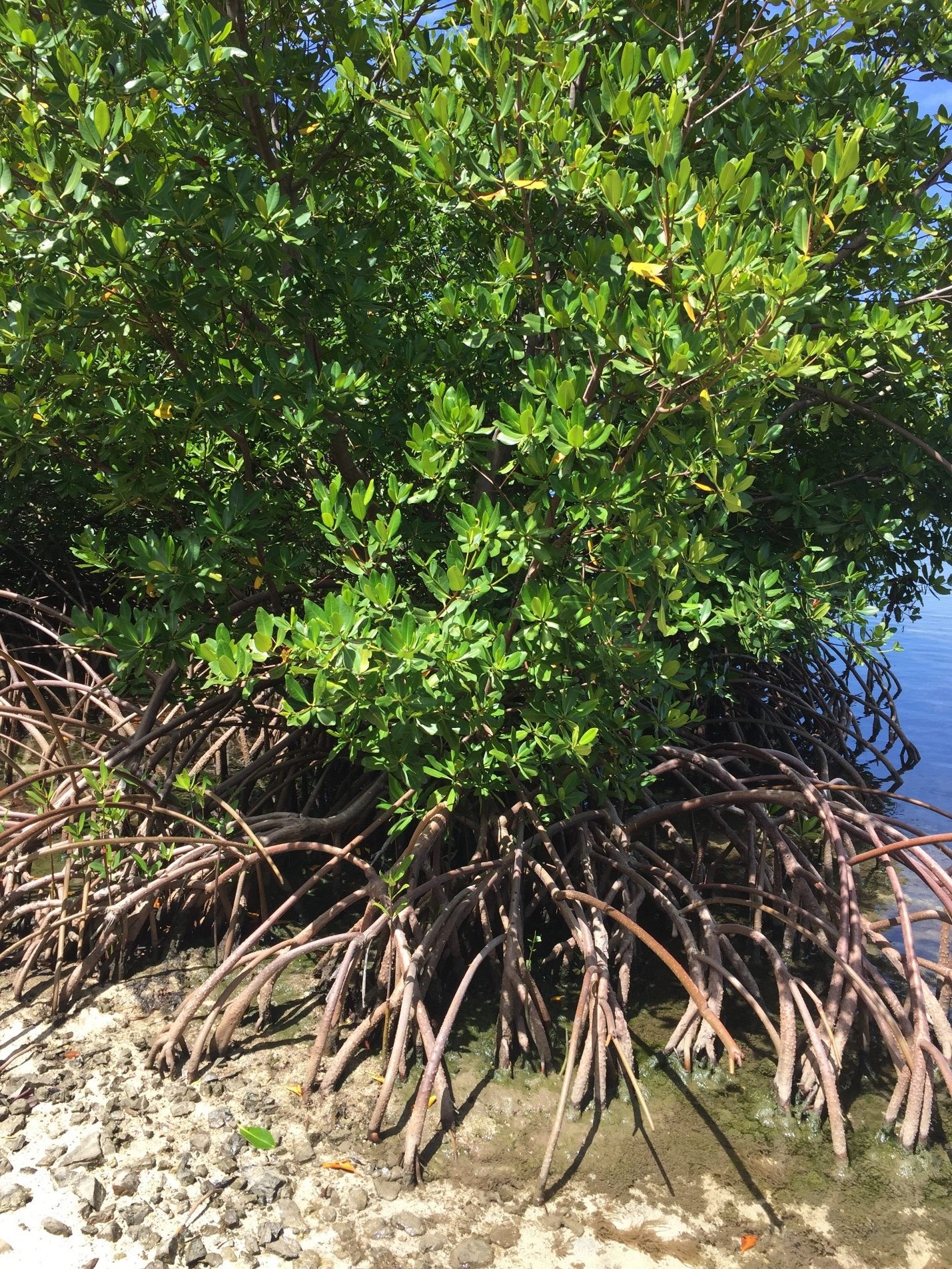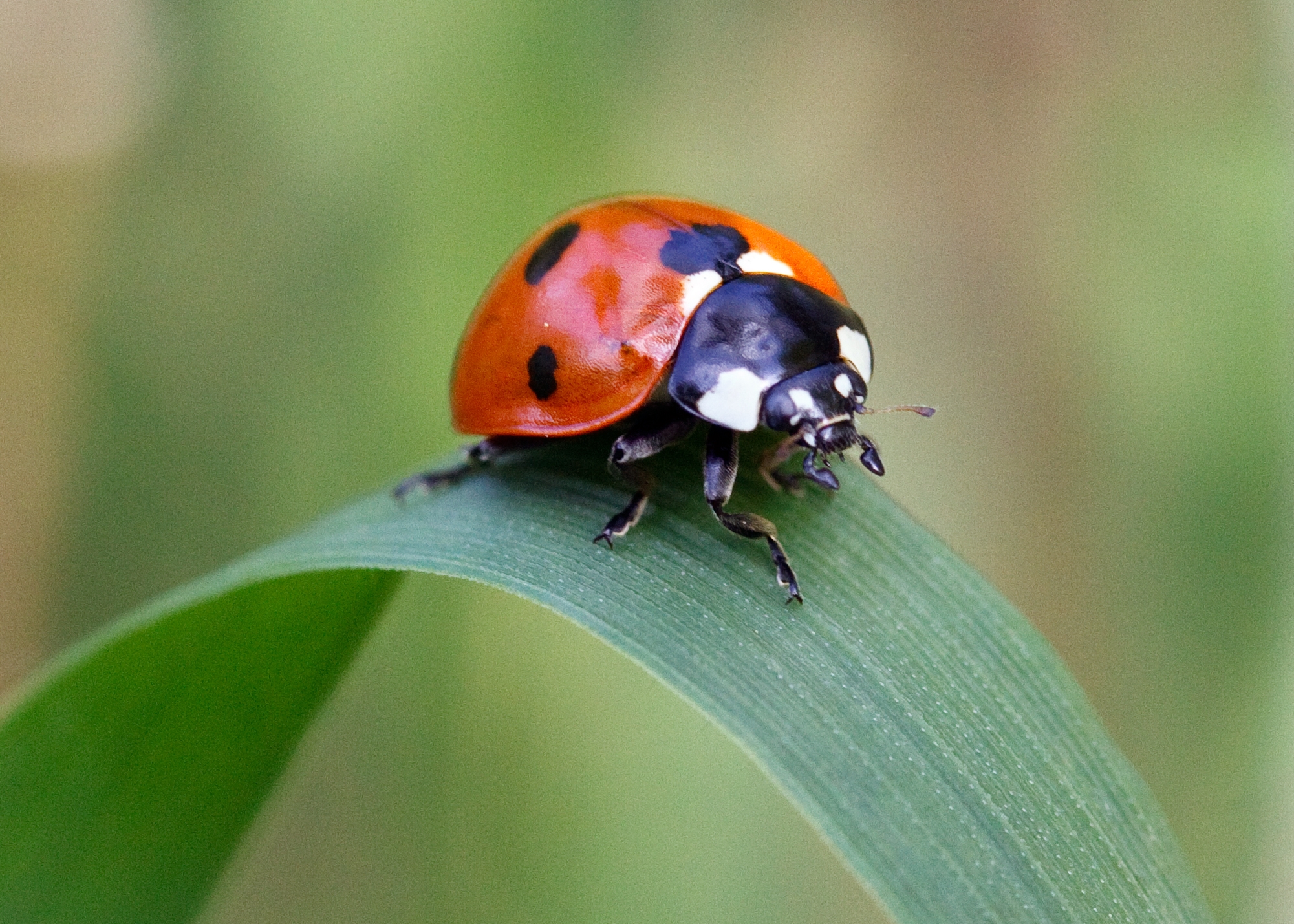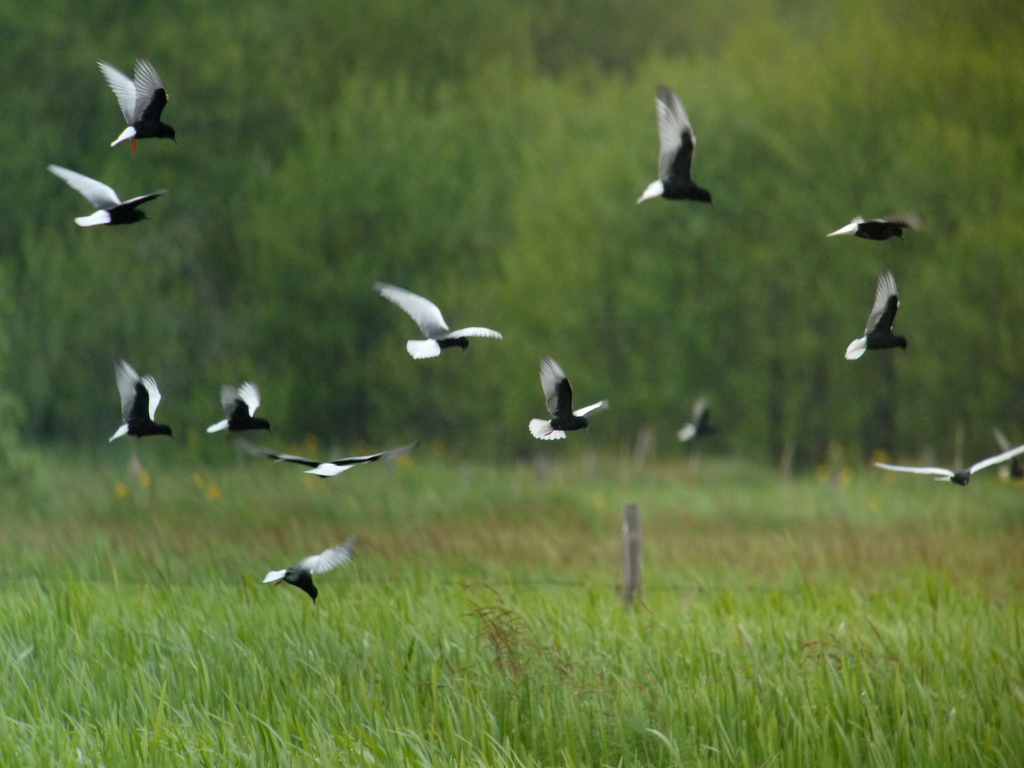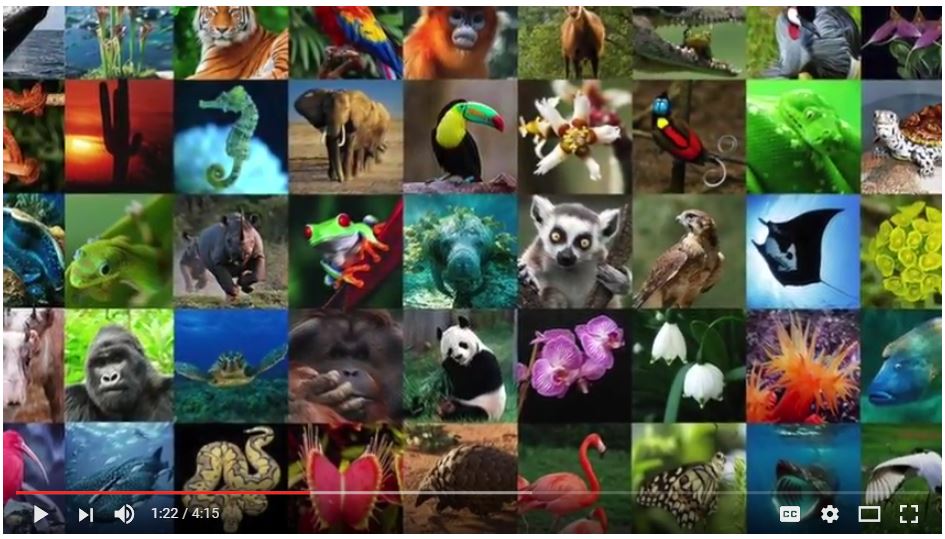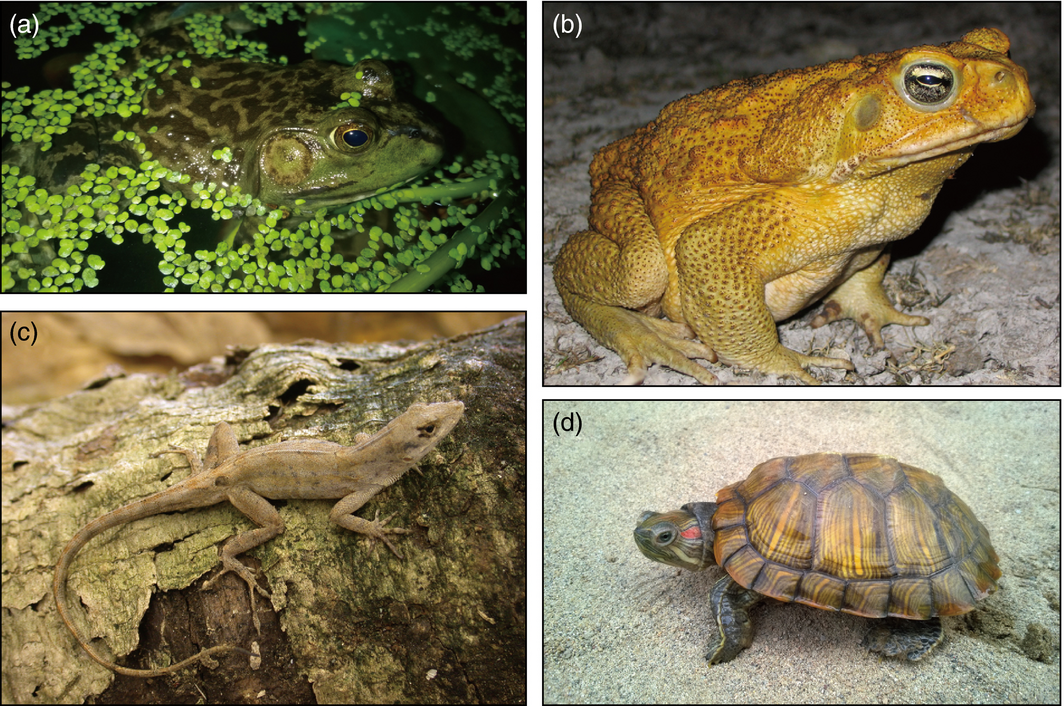
Extreme Makeovers: Clean Water Edition
Lauren Kuehne, a research scientist in the Freshwater Ecology and Conservation Lab at the University of Washington, shares this Frontiers Focus on the 1972 Clean Water Act and a review of progress and trends in freshwater assessments since the passage of this groundbreaking law, from the May 2017 issue of ESA Frontiers. Stories of transformations are fascinating – especially about deserving people who…
